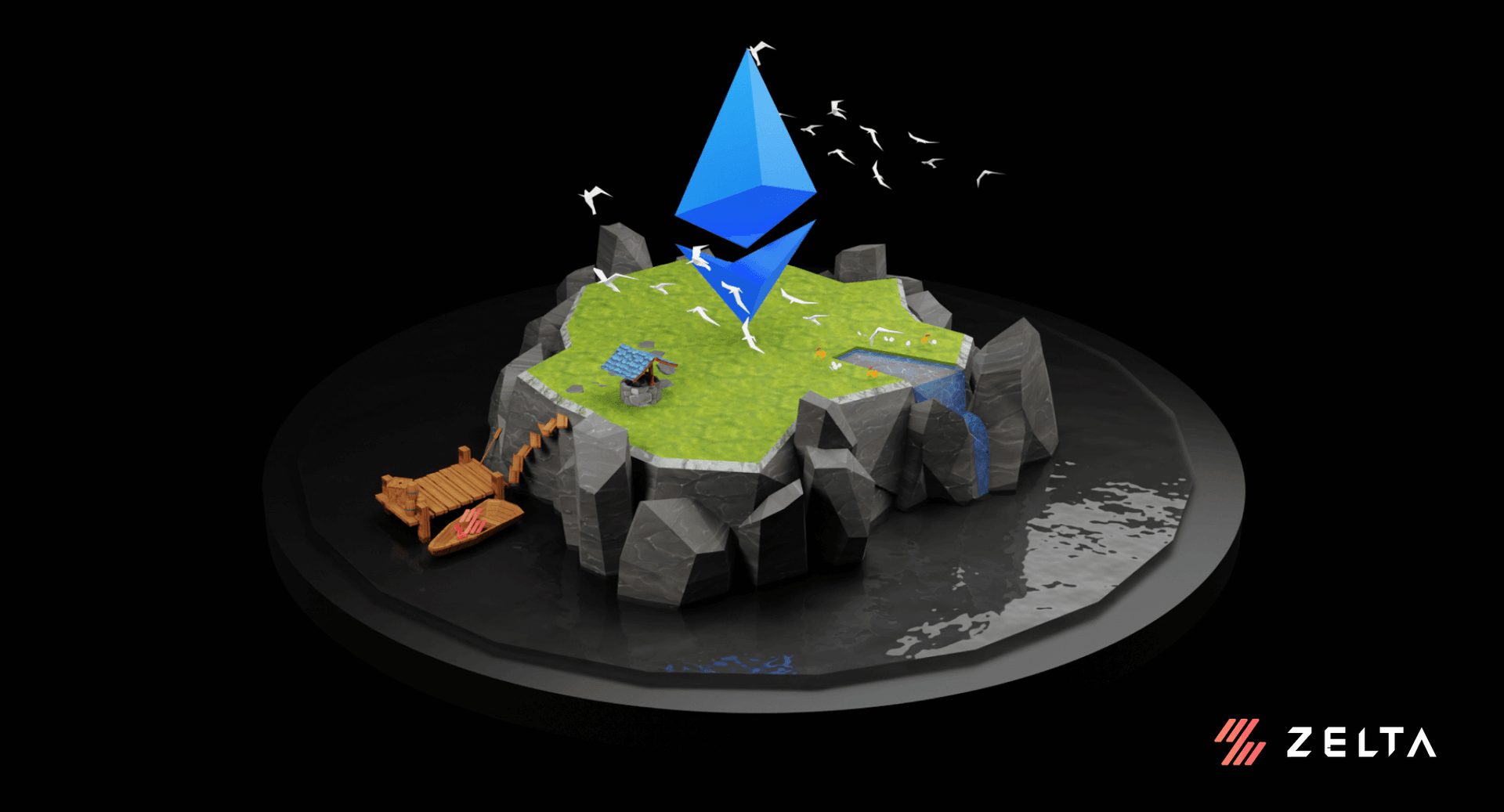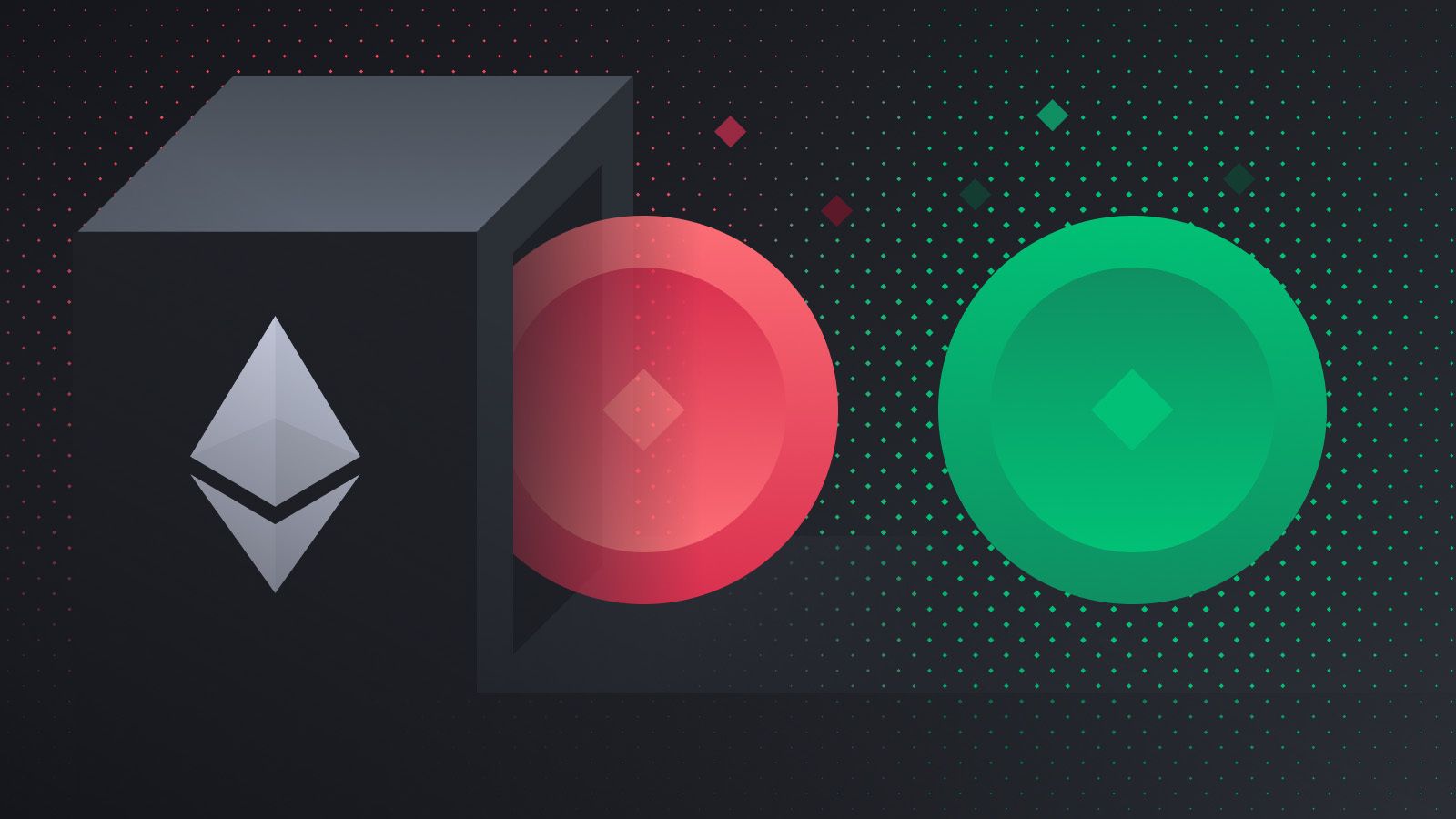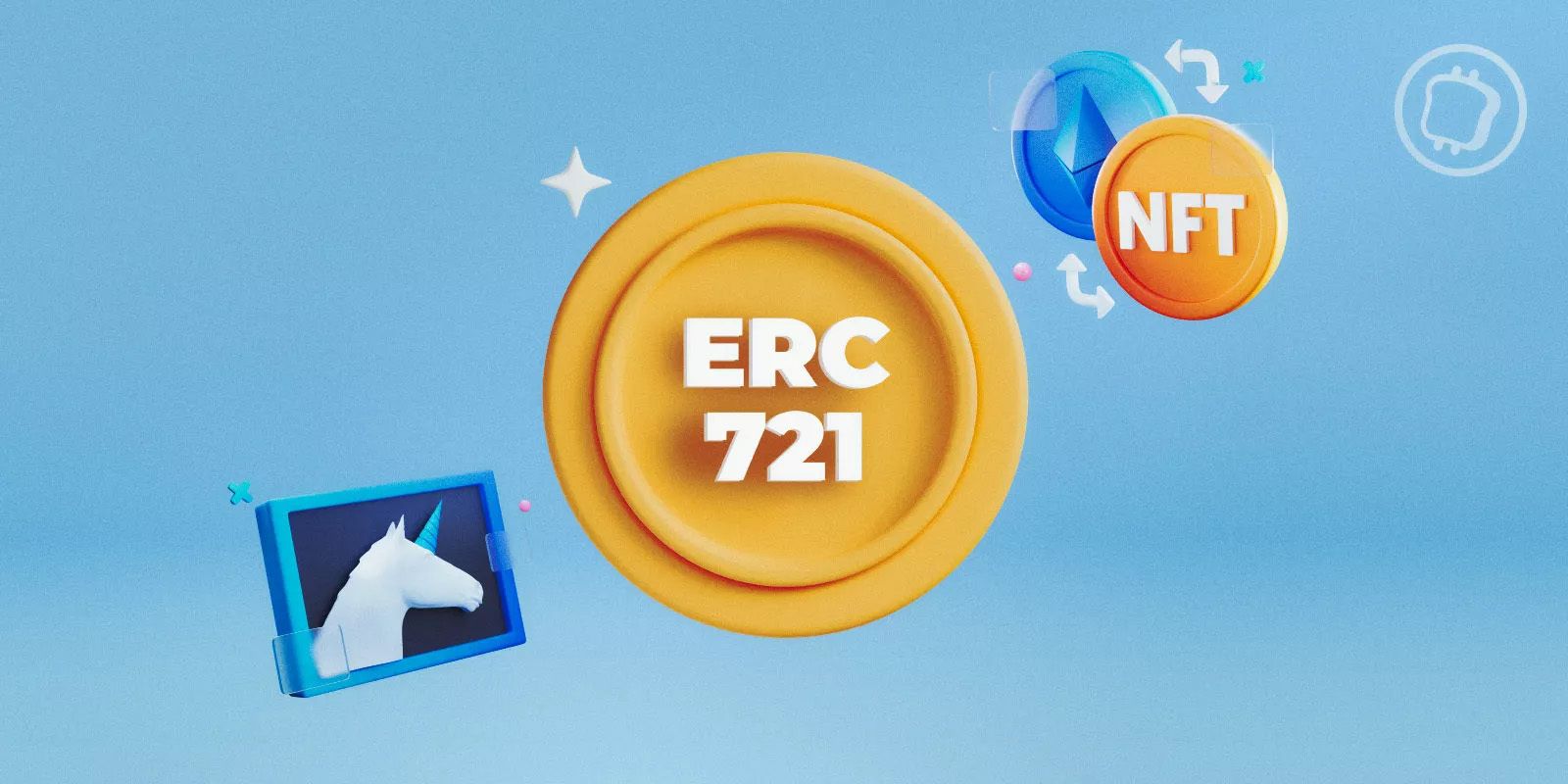

What is ERC 721 in Ethereum?
The inclusion of new technologies in the blockchain world has created a need for a system which governs the events in a blockchain and determines whether the changes are properly carried out or not.
Ethereum uses a document which its programmers use to write a smart contract for the Ethereum Blockchain. These smart contracts are known as Ethereum Request for Comment or more commonly as ERC.
ERC outlines the regulations which the Ethereum-based tokens must follow. These papers are reviewed by the Ethereum community via a procedure known as the "Ethereum Improvement Proposal." Here they offer feedback, and based on that the document's developer may make the changes.

Some of these papers are approved by the Ethereum community after going through the EIP process, before being finalized and put into use by developers. The document becomes an ERC in this manner. In other words, ERCs start as EIPs and can cover a variety of topics, such as tokens, registration names, etc.
Ethereum has a number of standards. The most well-known and widely used ERC Ethereum standards are:
- ERC - 20
- ERC - 721
- ERC - 1155
- ERC - 777
In this article, we will mainly focus on ERC - 721, its history, advantages of ERC 721, and how ERC 721 is created.
ERC-721 Explained
ERC-721 is a type of format to which all the programmers have agreed to stick to. Through this standard, coding becomes simpler, more predictable, and reusable when standards are followed consistently.
Although adhering to a generally accepted standard ensures interoperability with a wide range of applications like, exchanges, D-Apps, and wallets, it ensures so even if these standards are entirely optional.
Each ERC-721 coin is unique, which makes it its primary feature. When an ERC-721 token is produced, only one of those tokens is ever actually in existence. As NFTs, these ERC-721 tokens have helped to popularize the concept and use of distinctive assets on Ethereum.

Digital art is the most popular application of ERC-721 NFTs. Users purchase these NFTs for a variety of reasons, which can range from supporting artists, to holding onto them in hopes of flipping NFTs for a higher price.
One example of a non-fungible token that adheres to the ERC-721 standard is the Cryptokitties game, which is essentially a blockchain-based game that lets players purchase, trade, and breed virtual cats.
Other examples are Cryptodoggies, Ethermon, and MyCrypto. The non-fungible token owner is the only owner of the unique items purchased with it. It is not exchangeable and it resembles property that a person possesses.
Dieter Shirley laid out the first ERC-721 definition as an Ethereum Improvement Proposal (EIP), a procedure for bringing new standards to Ethereum.
An EIP can be submitted by anybody, but it must first go through a review and modification process before it is approved by the community. A normal procedure for Ethereum applications, an Ethereum Request for Comments (ERC) is the next step for the EIP once it has been approved. Jacob Evans, Dieter Shirley, William Entriken, and Nastassia Sachs are the ERC-721 standard's official authors.
Why is ERC-721 Special?
The ERC-721 token is unique since it is non-fungible. ERC-721 is special because it is distinctive. By using smart contracts, the ERC-721 standard enables developers to create distinctive crypto assets like NFTs.
Each ERC-721 coin is unique, which is its primary feature. When an ERC-721 token is produced, only one of those tokens is ever actually in existence. As NFTs, these tokens have helped to popularize the concept and use of distinctive assets on Ethereum.
The sole distinction between the ERC-721 standard tokens and other kinds of tokens is that the ERC-721 tokens have a unique value and unique information. They may be generated in the same method and in whatever number that the user desires.
It offers a wide range of features, including the ability to move tokens between accounts, locate the owner of a particular token, and find out how many total tokens are currently in circulation on the network.
We have talked a lot about the ERC-721 standard NFT, but how do we get hold of it?
From where can we buy this NFT?
No worries, we got you covered in the next segment.
How to buy ERC-721 NFTs?
Purchasing and keeping ERC-721 NFTs is now easier than ever. Numerous NFT markets and countless NFT projects have surfaced since the NFT mania began in early 2021.
Visit one of the numerous reputable NFT markets, such as OpenSea or Rarible, to purchase your very own NFT.
Search for an NFT that you like that is within your budget by connecting an Ethereum wallet, such as MetaMask.
Make sure you have enough ETH in your wallet before proceeding to the screen's instructions to purchase the NFT.

The user interfaces on all the major NFT markets are basic and straightforward, making it easy to purchase an NFT.
Also, the ERC-721 standard is supported by all significant Ethereum-compatible wallets. You'll need an Ethereum wallet to store your NFT; you may use a hardware wallet or a software wallet like MetaMask.
Once you have purchased these very unique ERC-721 standard NFTs, you should also know where you can use these NFTs and how you can use these ERC-721 NFTs.
Uses of ERC-721 NFTs
Digital art is the ERC-721 NFT's most popular application. Users purchase these NFTs for a variety of reasons, such as to support artists, to hold onto them for the long term in the hopes that the price will rise, to rapidly sell or trade them for a profit, or just because they appreciate the artwork.
NFTs, however, have more applications than only digital art.
In blockchain-based games like Gods Unchained, NFTs are frequently used to represent special in-game assets. NFTs are used in the online collectable card game to represent digital cards that may be exchanged or utilized in combat.
Some of the use cases for the real world are also beginning to appear. For instance, you might mint your house's paperwork as an NFT to speed up real estate transactions; Or you can also use NFTs by utilizing them to signify possession of expensive items like a Rolex watch, an antique painting, etc. Such is the vastness of this tech.
Conclusion
The first NFT token specification for Ethereum was ERC-721. It paved the way for the widespread adoption and use cases of NFTs that we now observe. Other NFT-compatible token standards have arisen since 2017, when ERC-721 was released, most notably ERC-1155.
ERC-721 is still in use and aids in tokenizing anything that is distinctive. It might be a person's birth document, a piece of real estate, a work of art, or even a rare item in a video game. The most intriguing possibility will be to observe how ERC 721 tokens might be incorporated into smart contracts to produce entirely new business models and methods of exchange.
NFTs, whether they are ERC-721 or not, are still in the growing stages. NFTs provide us with the capacity to tokenize anything that is special and use blockchain technology to validate ownership claims. This is a strong idea that is only now starting to be developed. The only thing limiting NFTs' potential is mass acceptance and our battles with different regulations.
(Also read: What are Proof Of Reserves?)
Trade $ETH and 200+ other coins with 0 fees* on Zelta.io
Image Credits: Binance; Gerald Nash; Cryptoast.
